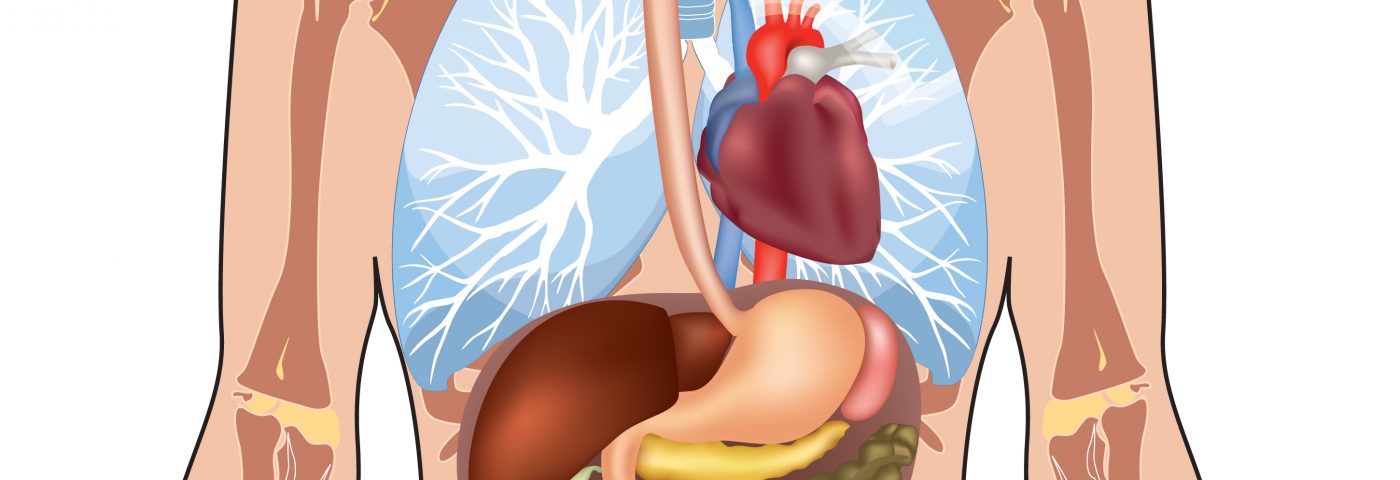Internal organ damage from scleroderma tends to occur early in the disease course and simultaneously, rather than in sequences, for patients who develop the disease soon after the onset of Raynaud’s phenomenon, according to a recent study.
The findings could influence new treatment approaches and allow physicians to provide better healthcare for patients who seek care early.
The study, “Incidences and Risk Factors of Organ Manifestations in the Early Course of Systemic Sclerosis: A Longitudinal EUSTAR Study,” was published in the journal PLOS ONE.
Because little is known about how the disease affects internal organs after Raynaud’s phenomenon is present, researchers at the University Hospital Basel in Switzerland turned to the EUSTAR study to gather real-life data that could help map incidence and predictors of lung, heart, gastrointestinal, and kidney involvement.
The EUSTAR project follows patients with a scleroderma diagnosis. At the time of the current study, the registry included 9,891 scleroderma patients.
Researchers focused on a group of 695 patients who sought care for scleroderma symptoms within one year after they developed Raynaud’s. Patients (average age of 52.7 years and 27 percent male) were followed for a decade. The entire group averaged 61 years old and were 13 percent male.
First, looking at all patients, researchers noted that men tended to develop non-Raynaud’s symptoms faster than women. The same was true for older patients, who had a quicker disease course.
The, looking at specific antibodies, researchers concluded that patients having anti-RNAP-III and anti-TOPO autoantibodies (prevalent in scleroderma) were more likely to develop other symptoms sooner than patients with ACA autoantibodies (also relevant to scleroderma). Each of the anti-bodies is useful for diagnosing scleroderma and for determining a patient’s prognosis.
Patients most commonly developed gastrointestinal symptoms (71%), impaired lung function (65%), digital ulcers (34%), heart problems (32%), and low forced vital capacity (31%). Other measures included increased lung blood pressure (14%) and kidney crisis (3%).
The presence of diffuse skin manifestations and antibodies against TOPO predicted the development of lung problems. Older patients having skin manifestations and TOPO antibodies were more likely to have a severe lung impairment.
Older age and the presence of anti-TOPO autoantibodies also predicted the risk of developing heart problems. The most common heart problems were diastolic dysfunction, conduction blocks, and fluid around the heart.
Common gastrointestinal issues included esophageal symptoms, and stomach and intestinal problems. People with diffuse skin manifestations were more likely to have gastrointestinal symptoms, while people with antibodies against RNAP-III were less likely to develop those symptoms, compared to those having ACA or anti-TOPO autoantibodies.
Patients who developed a kidney crisis tended to do so early on, with the majority having kidney problems within four years of Raynaud’s onset. Older patients, men, and those having anti-RNAP-III antibodies were at higher risk.
The research team noted that about half of the patients studied during the ten year period, showed disease affecting internal organs within two years after Raynaud’s phenomenon.
“Approximatively 75% of the patients develop organ involvement during the 5 first years of the disease. This is good news for the patients who reach that point without any organ involvement,” the study authors wrote.


